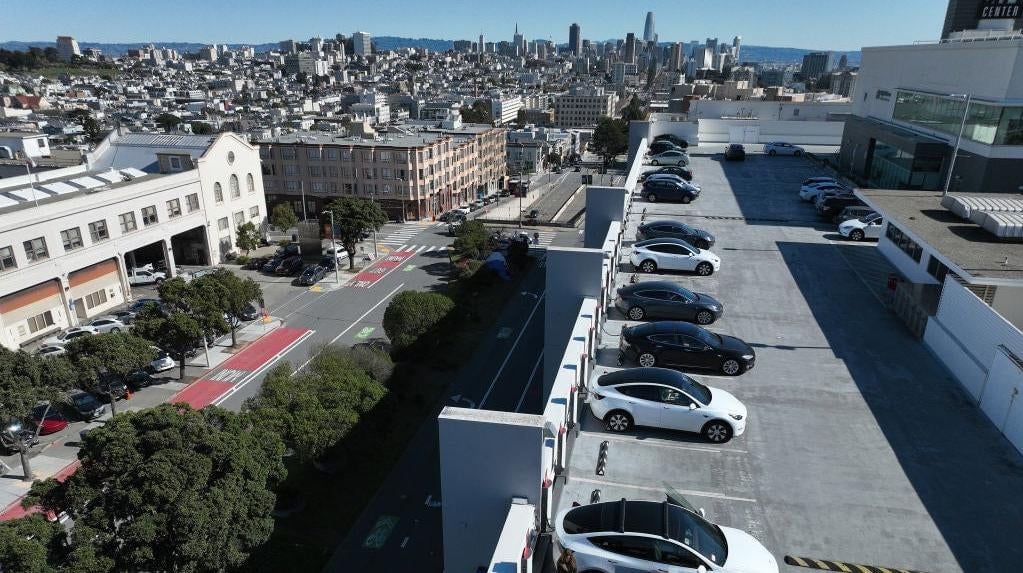Tesla Turns to a Classic Tactic to Spark a Buying Frenzy

If you’ve been thinking about buying a Tesla, the company has a direct and urgent message for you: the clock is ticking, and time is running out.
During a conference call with analysts on Wednesday, Tesla’s Chief Financial Officer, Vaibhav Taneja, issued a stark warning to potential U.S. customers. The popular $7,500 federal tax credit for electric vehicles is set to expire permanently on September 30th, and the company is signaling that it may not be able to fulfill orders for customers who wait too long.
“The ‘One Big, (beautiful) Bill has a lot of changes that would affect our business in the near term,” Taneja explained, referring to the Trump administration’s new legislation. “The first among those changes is the repeal of the IRA EV credit of $7,500 by the end of this quarter.” IRA is the Inflation Reduction Act (IRA) that provides tax credits for purchasing new ($7,500) and used ($4,000) electric vehicles (EVs) to encourage EV adoption. It was adopted under the Biden administration.
Taneja cautioned that Tesla has “limited supply of vehicles in the U.S this quarter” and that the company is already within the lead times for ordering parts. This means its ability to build new cars to meet a last-minute rush is severely constrained. It’s a supply chain problem. His message to buyers was unambiguous: “If you are in the U.S. and looking to buy a car, let’s roll now as we may not be able to guarantee delivery for orders placed in the later part of August and beyond.”
In other words, Tesla is creating a final sales push, urging customers to act immediately to secure one of the remaining vehicles eligible for the discount. Once the tax break is gone, Tesla buyers could pay thousands more out of pocket for the same vehicles. The carmaker had already rolled out steep discounts earlier this summer to spark sales before the credit disappears, as previously reported by Gizmodo. But Taneja says those incentives will now be scaled back:
“We have rolled out all our planned incentives already and will start pairing them back as we start to sell,” Taneja said.
It is important to note that this urgent message comes at a time when Elon Musk’s group is seeing its sales continue to decline, as well as its profits and earnings.
The Fine Print: A Delay for the Affordable Model
For potential buyers who were holding out for Tesla’s much-anticipated, lower-cost model, the news was less encouraging. Taneja confirmed that the company is prioritizing the production of its current, more expensive models to maximize sales before the tax credit disappears. As a result, the rollout of the more affordable car will be delayed.
“We started the production of the lower-cost model as planned in the first half of 2025,” he said. “However, given our focus on building and delivering as many vehicles as possible… before the EV credit expires and the additional complexity of ramping a new product, the ramp will happen next quarter slower than initially expected.”
This creates a clear dilemma for consumers: rush to buy a more expensive Model 3 or Y now to get the $7,500 discount, or wait longer for the cheaper model but pay the full sticker price without any federal incentive.
Our Take
Tesla has put its cards on the table. For American consumers, the next month represents the last chance to buy into the electric car brand with a significant financial tailwind from the government. After that, the market, and the price, will look very different.









